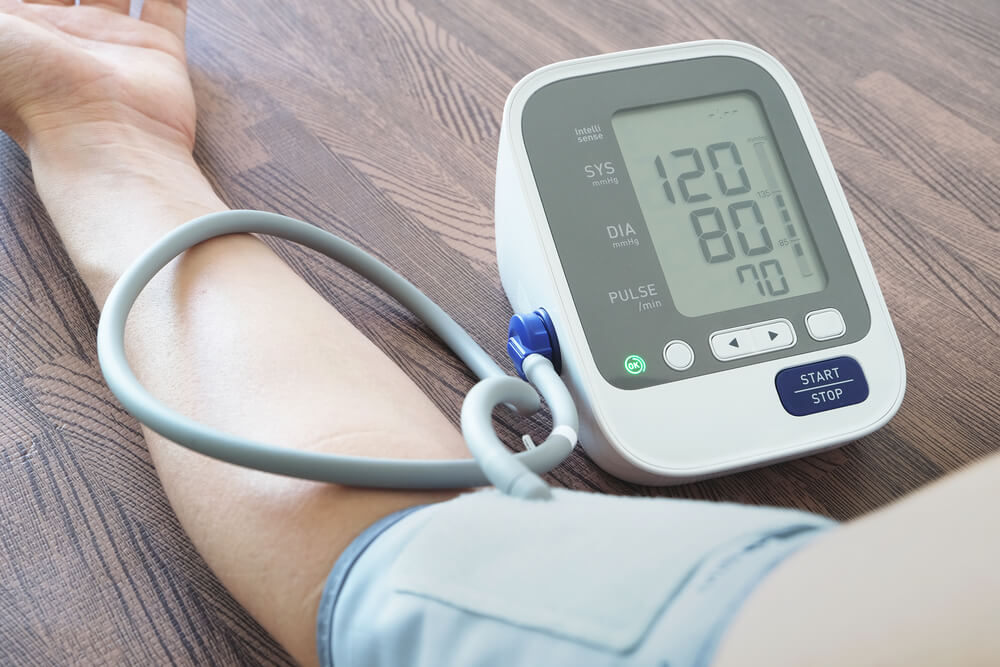When you think of a heart attack patient, who do you picture? Most people think of an elderly man lying in a hospital bed. While older men are more likely to have heart attacks and heart disease, it’s not just a “men’s illness.” In fact, heart disease is the leading cause of death for women in America causing almost one out of every five female deaths.
Heart disease is a group of diseases affecting the heart including heart rhythm disease, coronary artery disease (CAD) and heart defects present at birth. You can have heart disease at any age. Unfortunately, in the U.S., heart disease is becoming more common in younger people. Why? Poor diets, high rates of obesity and the prevalence of smoking are putting more Americans at risk for heart disease earlier in life.
The average age for a first heart attack in men in the U.S. is 65.6. For women, it’s age 72. According to the Centers for Disease Control, one in 20 adults ages 20 and older have CAD which is the most common type of heart disease that can lead to a heart attack.
Know the risk factors
About half of all Americans have at least one of the three biggest risk factors for heart disease which are:
- High blood pressure
- High cholesterol
- Smoking
According to an international study that followed a cohort of children for decades, participants who showed higher than normal values for five risk factors for heart disease — the three noted above, plus body mass index and triglycerides — had triple the risk for cardiovascular disease. The study showed that smoking was the biggest risk factor for heart disease, followed by BMI.
Important takeaway: A person doesn't have to have all the risk factors to still be at risk for heart disease.
Pathways to prevention
The good news is that many heart disease risk factors are preventable through lifestyle changes. According to the Cleveland Clinic, 90% of heart disease worldwide could be prevented if people didn’t smoke, exercised regularly and ate healthier diets.
5 tips to try
It’s never too late to make those changes or too early to develop healthy habits. It starts in childhood when kids should learn about good nutrition and health risk factors. Some of the easiest changes can be made around what you eat. These five simple dietary modifications can improve heart health and help reduce the incidence of diabetes and stroke:
- Reduce sodium intake
- Eat more fruits and vegetables
- Add more omega-3 fatty acids from nuts and fish
- Cut sugary drinks
- Eat more whole grains
Mom’s Meals® can help
Eating heart-friendly doesn’t have to be hard! We take the guesswork out of getting the proper nutrition with heart-friendly meals designed by registered dietitians and professional chefs using nutritional guidelines from the American Heart Association.
You’ll get delicious and nutritious meals delivered direct to your home that are ready to heat and eat in minutes from your fridge. Plus, you can choose every meal, every delivery, so you get the foods you enjoy most. Learn more about our heart-friendly meals.



